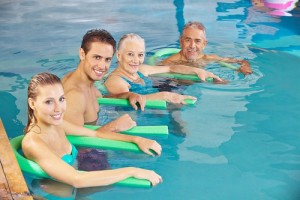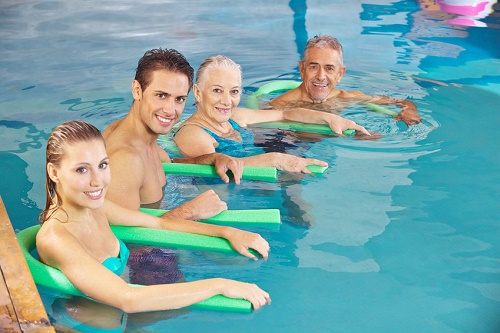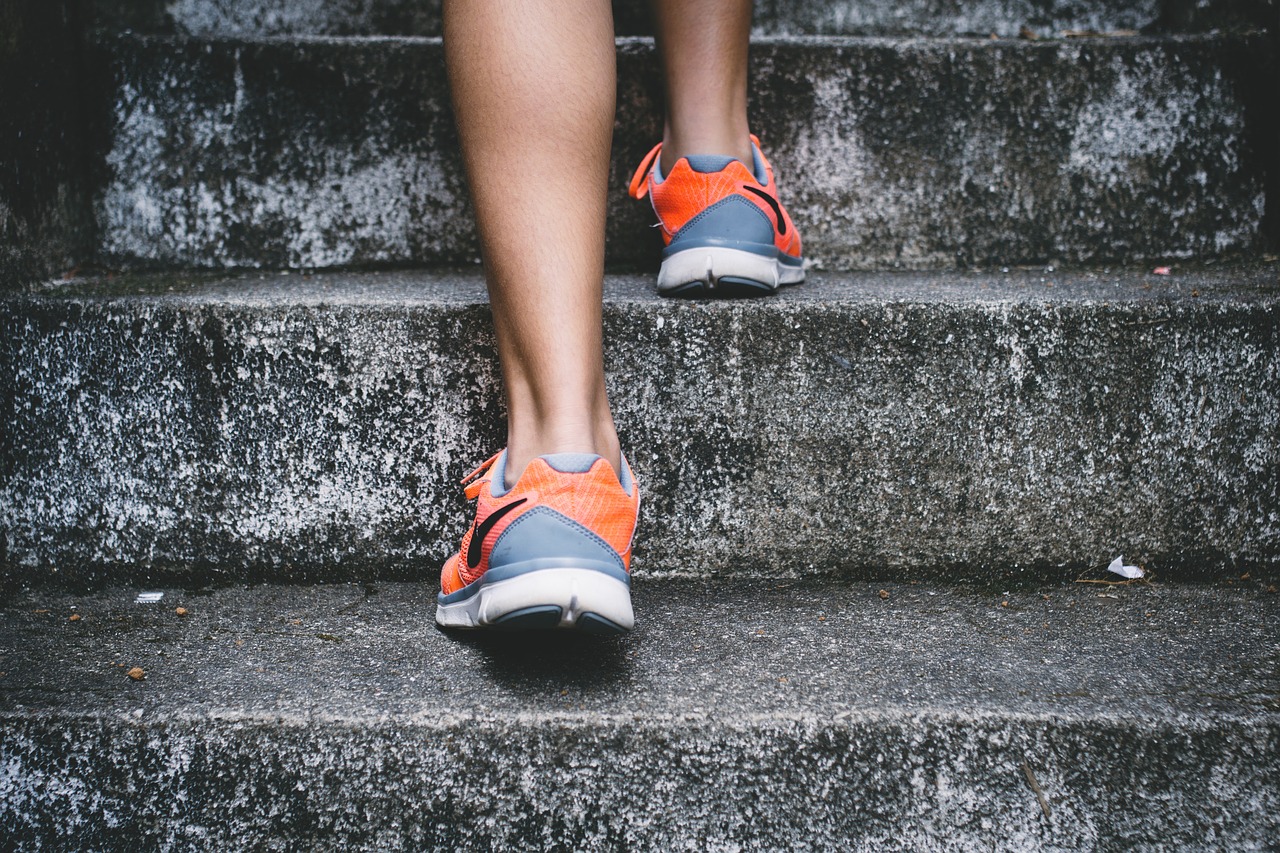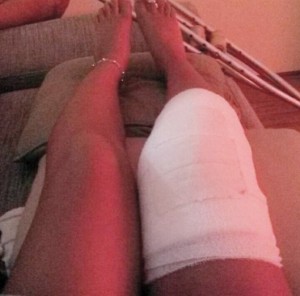
Hydrotherapy involves completing aerobic and resisted exercises in a body of water. Therapy pools are normally warmer than the average swimming pool to soothe painful muscles and joints. As well as the pain relieving effects from the warm water, hydrotherapy also creates an environment where there is less force being put on painful joints in the ankles, knees, hips and spine. The buoyancy of the water creates a force that is opposite to that of gravity which unloads these painful structures.
We use hydrotherapy for a number of different injuries:
- Post-operative: Hydrotherapy is especially useful for early stage rehabilitation following joint surgeries such as hip/knee replacements, ligament reconstructions or post fracture. In the first 4-8 weeks after surgery (varies between procedures) people experience pain with putting their bodyweight through the affected area. Hydrotherapy allows us to get these patients walking normally earlier in their rehabilitation process by reducing these forces.
- Chronic Pain: People with Chronic pain often have difficulty with exercising because even with low to mid impact exercise such as walking their pain levels flare up. Hydrotherapy is a great way for these people to exercise at lower impact while still challenging the muscles and cardiovascular system.
- Arthritis: Arthritis falls in a similar basket to chronic pain – as patients load their joints up during full weight bearing exercise they may experience pain. Exercising in the water reduces this load and allows them to exercise pain free. The warmth of the water is also extremely beneficial for aching and stiffness associated with arthritis.
- Sports Injuries/Recovery: Hydrotherapy is also excellent for recovering from post-match or training soreness as well as muscle injuries. As well as the benefits mentioned above, the water exerts ‘hydrostatic pressure’ onto the submerged areas which creates a compression effect. This means that any inflammatory response occurring will be reduced.
As well as the injuries and condition mentioned above, hydrotherapy gives the same benefits as regular exercise. Regular hydrotherapy improves heart and lung function, circulation, muscle strength and endurance and releases endorphins which are good for mental health.
If you have any pre-existing medical conditions be sure to consult your Doctor or Physiotherapist before partaking in any form of exercise.
Find out when our Hydrotherapy classes run by clicking here.





